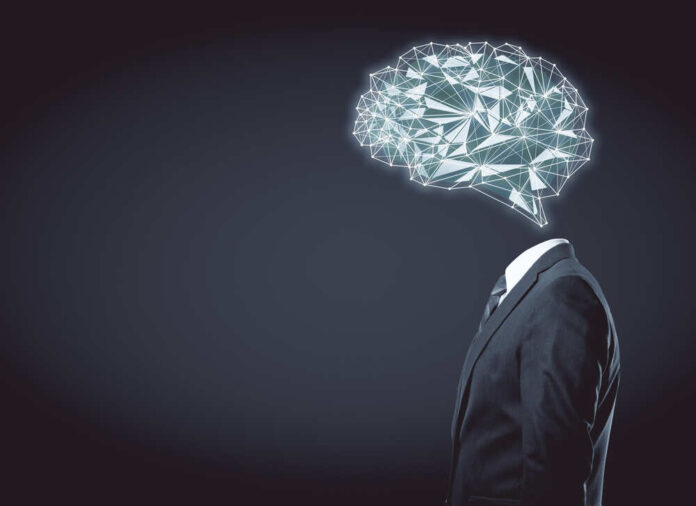
We see a dramatic and groundbreaking scientific experiment in our day and age, something to go in the history books. Or, at least, an episode of a modern-day Twilight Zone. An Australian intelligence agency is funding research to merge human brain cells with artificial intelligence.
According to sources, “Research into merging human brain cells with AI has received a $600,000 grant from defense and the Office of National Intelligence (ONI).” The funding will go to Monash University and Cortical Labs’ research.
Australian DishBrain team wins $600,000 grant to merge AI with human brain cells https://t.co/HuLEwhXU8C
— Guardian Tech (@guardiantech) July 21, 2023
Project leader and associate professor from Monash Univerity’s Turner Institute for Brain and Mental Health, Adeel Razi, explained, “This new technology capability in the future may eventually surpass the performance of existing, purely silicon-based hardware.” Last year, their team created a “DishBrain.”
DishBrains are a “semi-biological computer chip with some 800,000 human and mouse brain cells lab-grown into its electrodes.” The DishBrain uses lab-cultivated neurons from human stem cells. The scientists trained these brain cells to play the old-school video game “Pong.”
“The micro-electrode array at the heart of the DishBrain was capable both of reading activity in the brain cells and stimulating them with electrical signals.” Some experts agree that the brain-powered Biological Intelligence Operating System is the future of artificial intelligence since it is self-programming.
It also requires less memory, conserves energy, and can learn throughout its lifetime, just like human brain cells. Razi also stated, “We will be using this grant to develop better AI machines that replicate the learning capacity of these biological neural networks.”
In April, Cortical Labs received $10 million in funding, including investment from the U.S. Central Intelligence Agency. Continual lifelong learning means machines can acquire new skills without compromising the ones they’ve previously learned, and they can also apply existing knowledge to new tasks.
The general idea is to merge biology with AI to make artificial intelligence as “natural” as possible. This idea may spark a new age of innovation for self-driving cars, delivery robots, autonomous drones, etc. It’s an incredibly ambitious project that will likely take some time, and presumably more funding, to finish.














